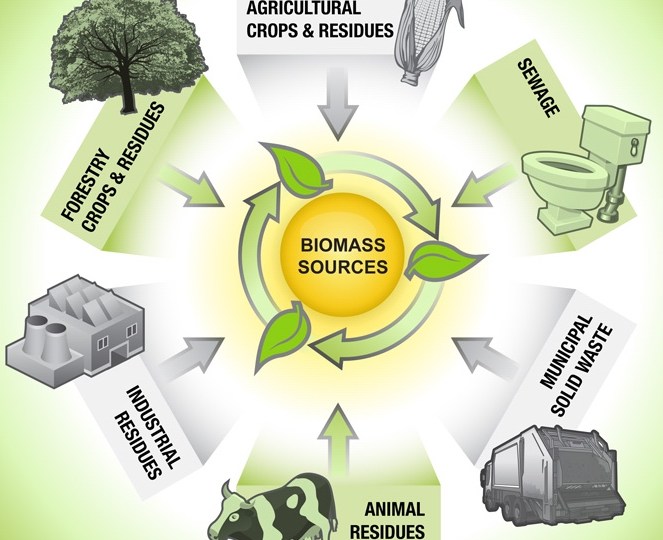While using alternative sources of energy is a right way for you to save money on your heating and cooling bills, it also allows you to contribute in vital ways to both the environment and the economy. Renewable energy sources are renewable, environmentally sustainable sources that do not create any by-products that are released into […]
Your Choices for Alternative Energy
























































































